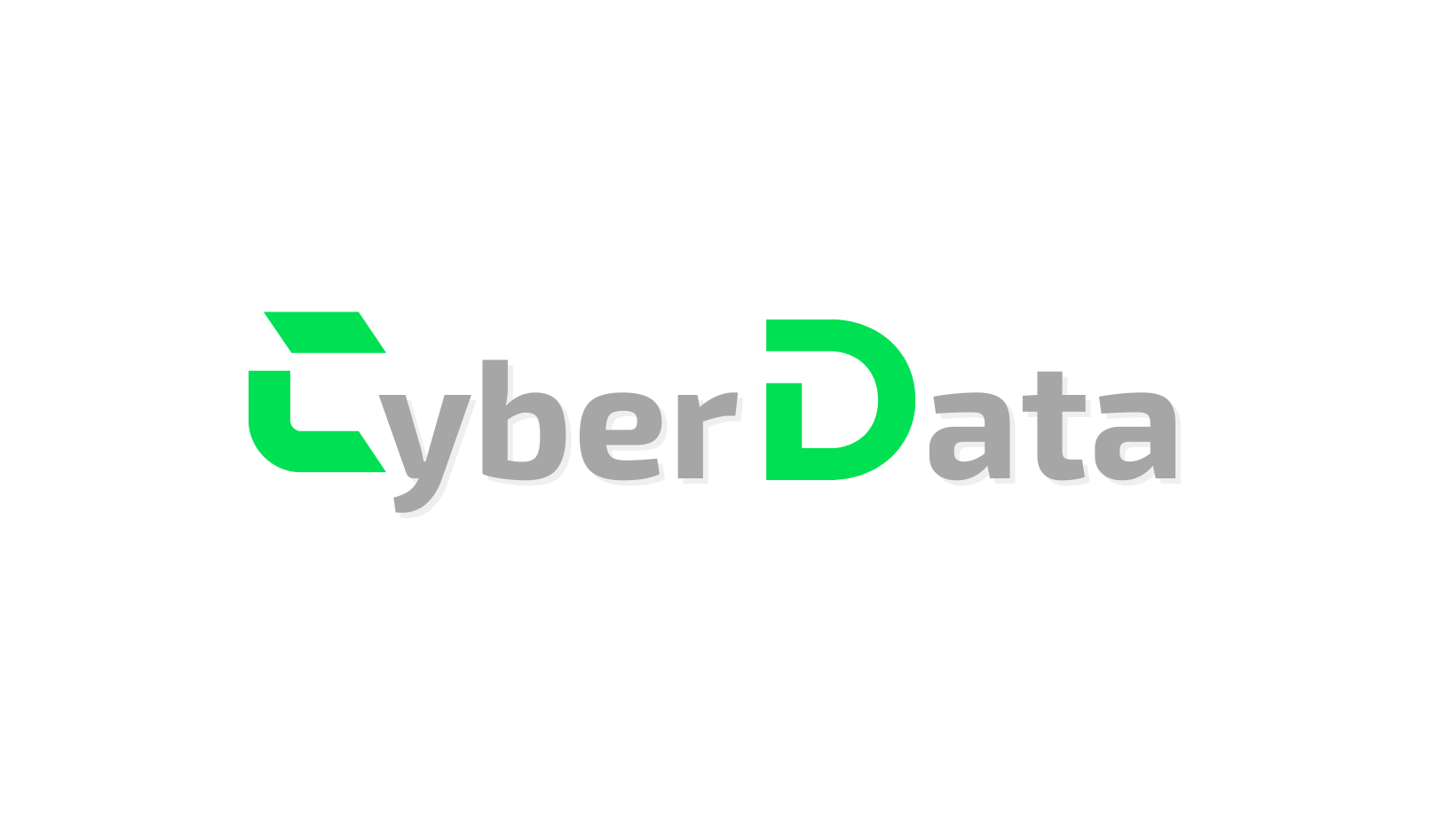The rapid adoption of Software as a Service (SaaS) solutions has revolutionized business operations, offering unparalleled flexibility and scalability. However, this shift has also significantly expanded the attack surface, introducing complex security challenges. Integrating Artificial Intelligence (AI) into SaaS security strategies has emerged as a pivotal approach to addressing these challenges effectively.
Modern organizations increasingly rely on a multitude of SaaS applications, each introducing new endpoints and potential vulnerabilities. This proliferation complicates the security landscape, making traditional defense mechanisms inadequate. Factors contributing to this expanded attack surface include:
- Third-Party Integrations: The use of external SaaS and Infrastructure as a Service (IaaS) providers increases interconnectedness, raising the risk of supply chain attacks. news.hackreports.com
- Bring Your Own Device (BYOD) Policies: Allowing personal devices to access corporate SaaS applications introduces additional entry points for potential breaches. news.hackreports.com
- Shadow IT and Shadow AI: Unauthorized use of SaaS applications and AI tools within organizations can lead to unmonitored data flows and security gaps. Home | CSA
AI-Powered Solutions for SaaS Security
To combat these challenges, organizations are turning to AI-driven security solutions that offer:
- Real-Time Threat Detection: AI algorithms can analyze vast amounts of data to identify anomalies and potential threats as they occur, enabling swift responses.
- Behavioral Analysis: By learning typical user behaviors, AI can detect deviations that may indicate compromised accounts or insider threats.
- Automated Incident Response: AI systems can autonomously initiate containment measures, such as isolating affected systems or revoking access privileges, to mitigate damage.
Challenges in Implementing AI for SaaS Security
While AI offers robust tools for enhancing SaaS security, its implementation is not without challenges:
- Data Privacy Concerns: AI systems require access to large datasets, raising concerns about data handling and compliance with privacy regulations.
- Integration with Existing Systems: Ensuring compatibility between AI-driven security tools and legacy systems can be complex and resource-intensive. LinkedIn
- Evolving Threat Landscape: As AI technologies advance, so do the tactics of cyber adversaries, necessitating continuous adaptation and learning.
Best Practices for Leveraging AI in SaaS Security
To maximize the benefits of AI in securing SaaS environments, organizations should consider the following practices:
- Comprehensive Risk Assessment: Regularly evaluate the security posture of all SaaS applications and their integrations to identify potential vulnerabilities.
- Employee Training and Awareness: Educate staff about the risks associated with shadow IT and the importance of adhering to approved applications and protocols.
- Robust Access Controls: Implement strict identity and access management policies to ensure that only authorized users can access sensitive data.
- Continuous Monitoring and Updating: Regularly update AI models and security protocols to adapt to the evolving threat landscape and ensure optimal performance.
In conclusion, as SaaS applications become integral to business operations, the need for advanced security measures becomes paramount. AI-powered security solutions offer promising avenues to address the complexities of the expanding attack surface, but their success hinges on thoughtful implementation and ongoing vigilance.



